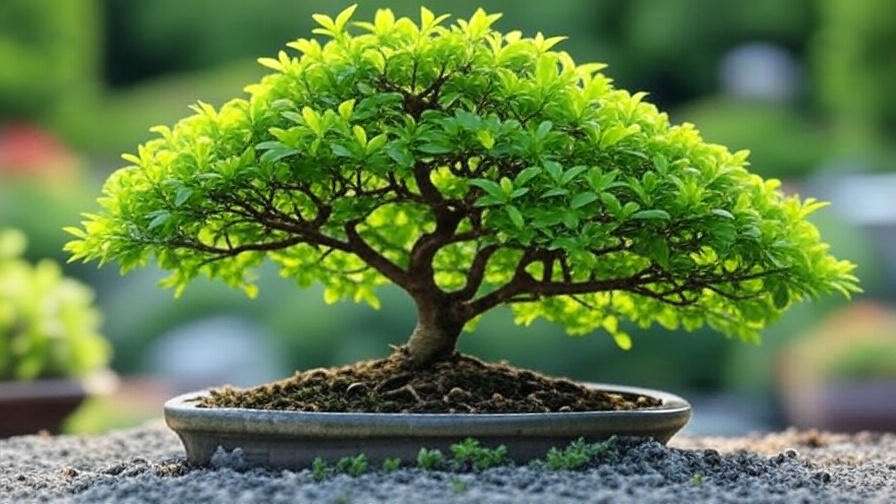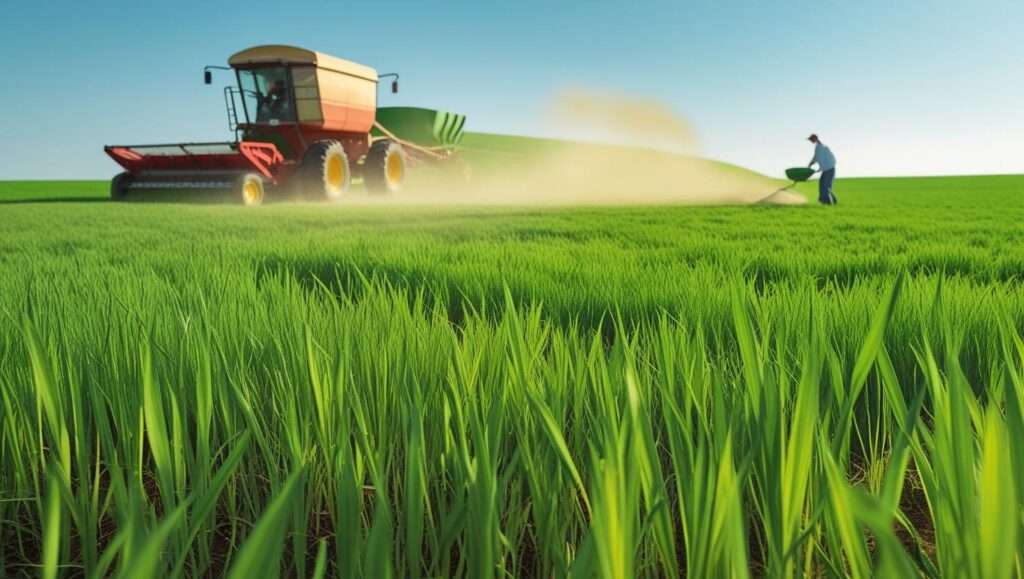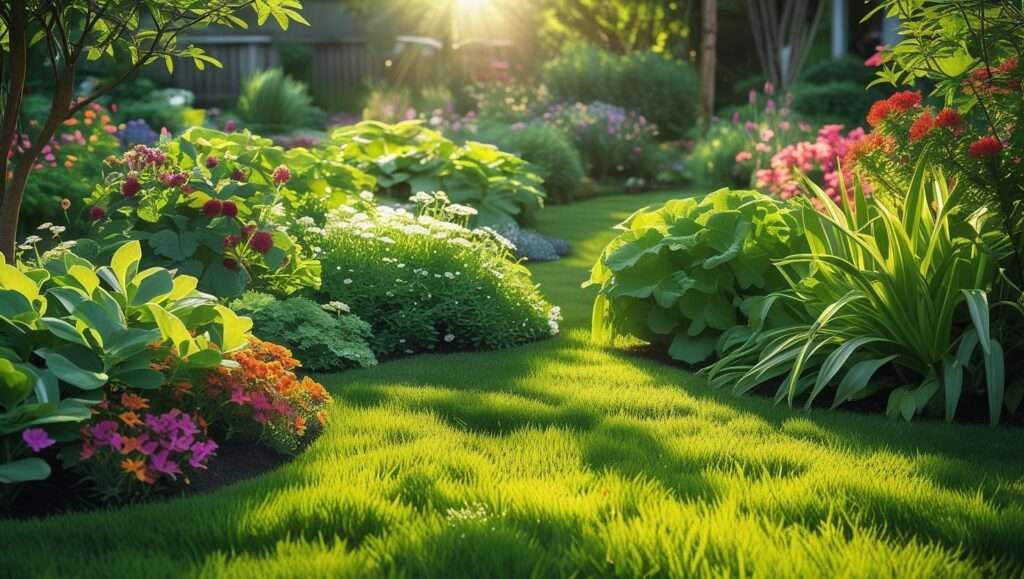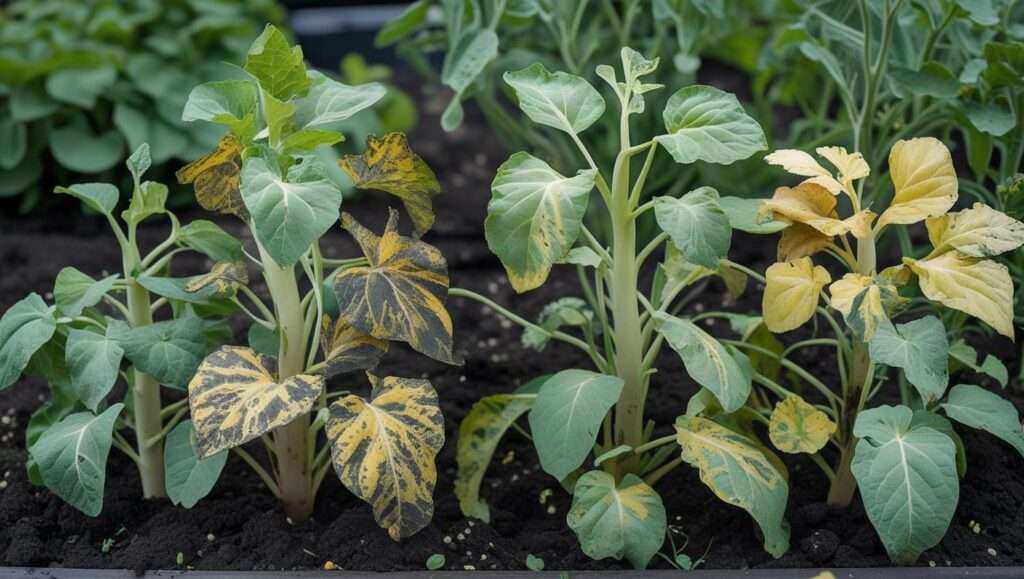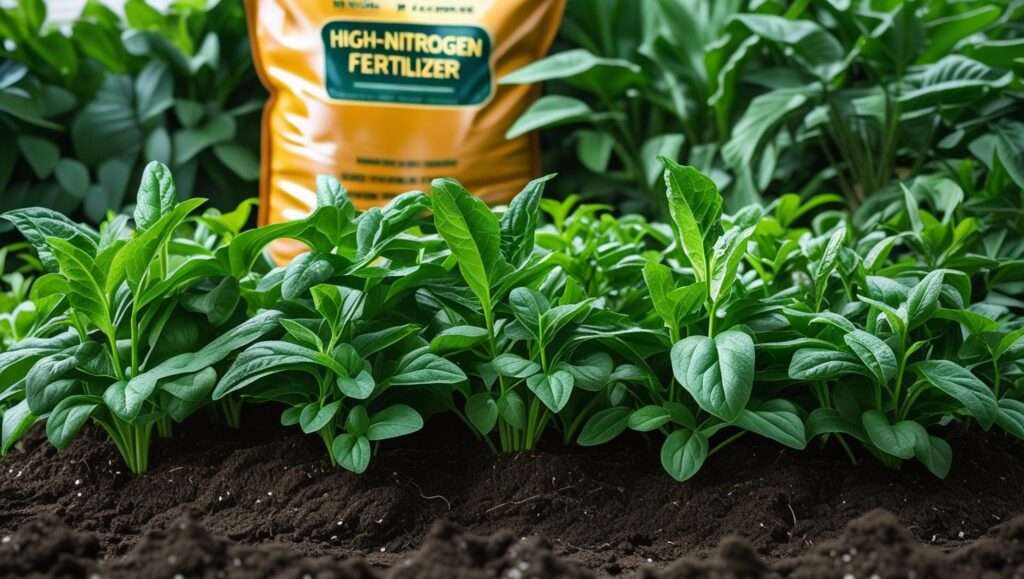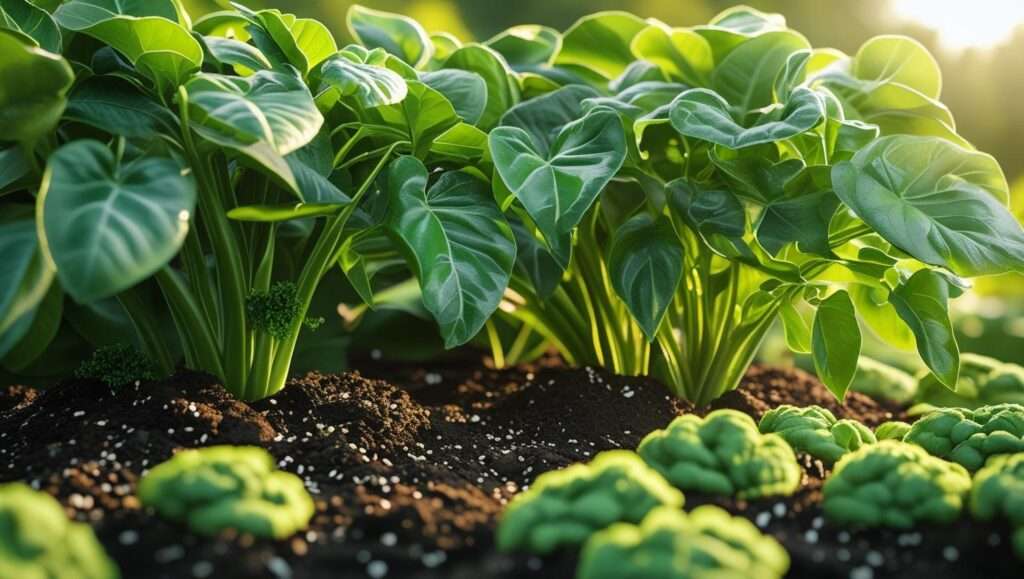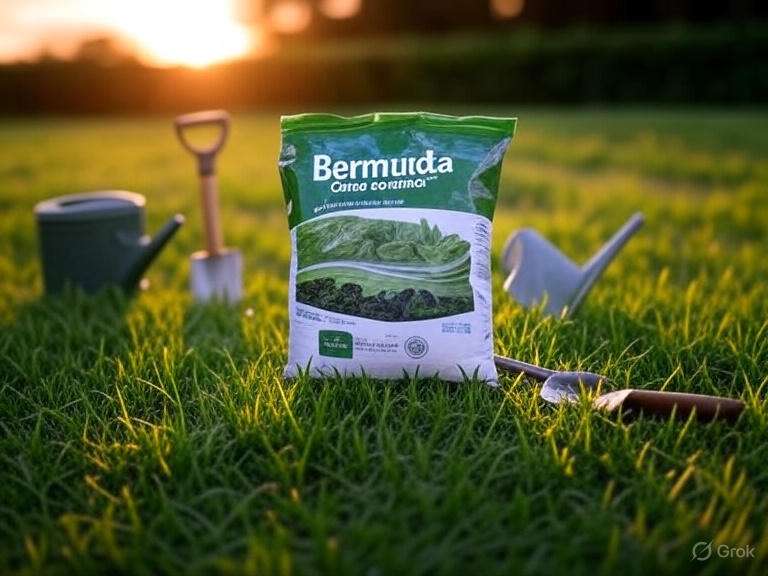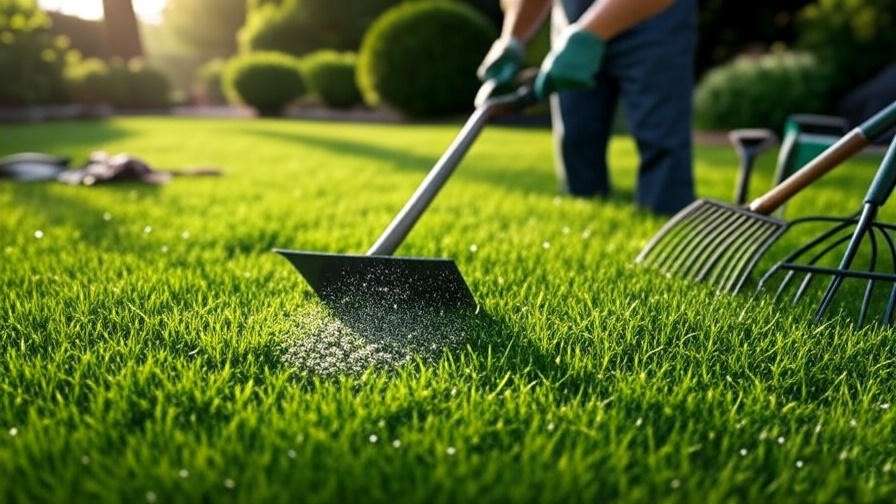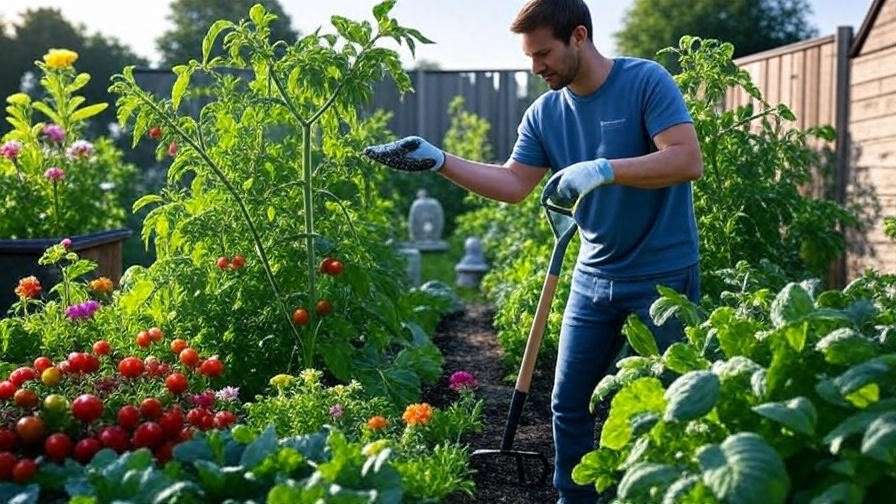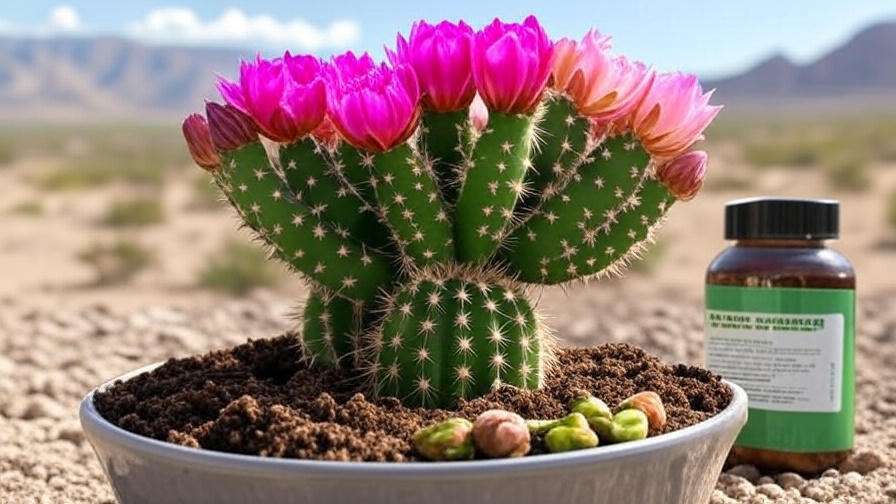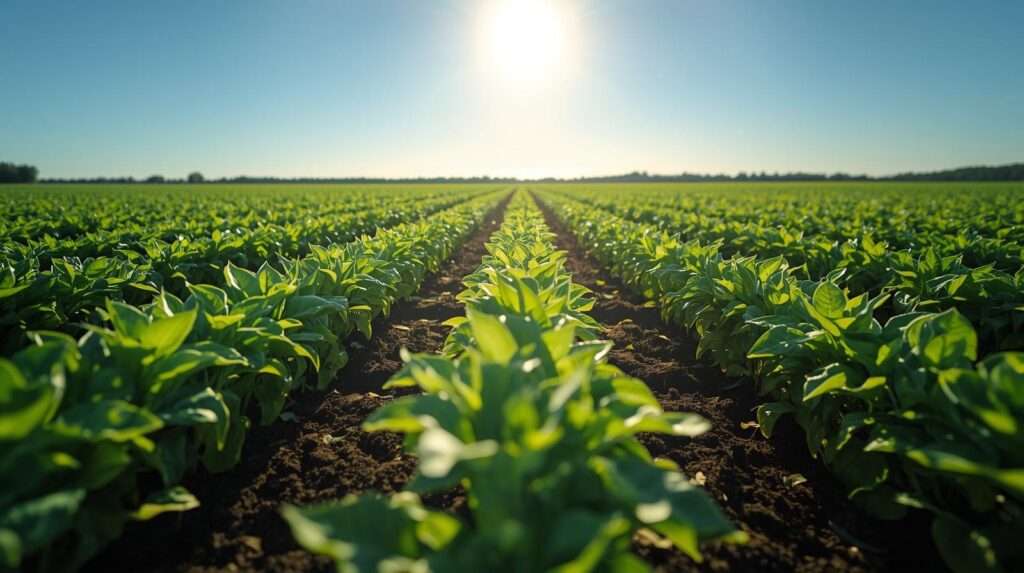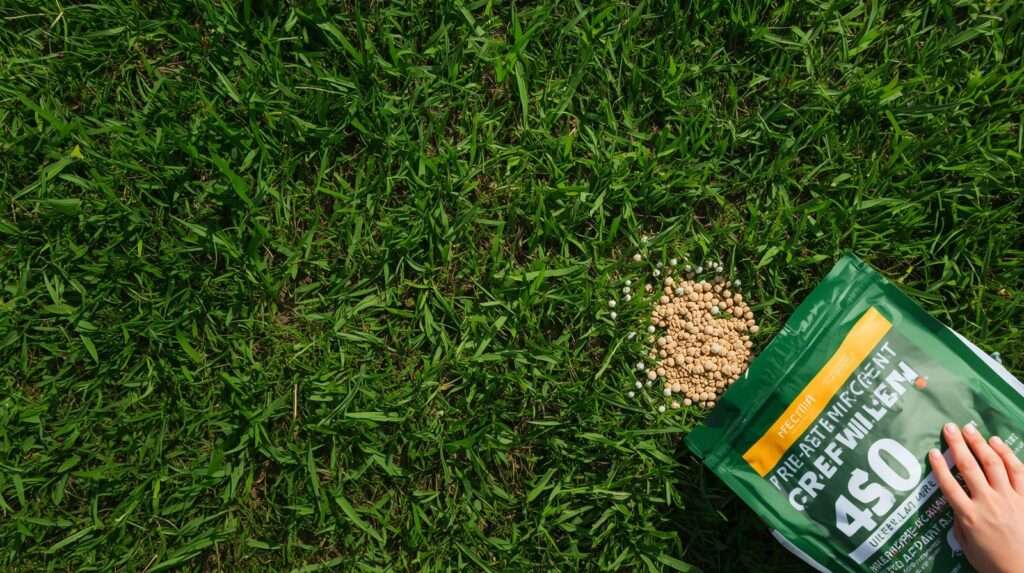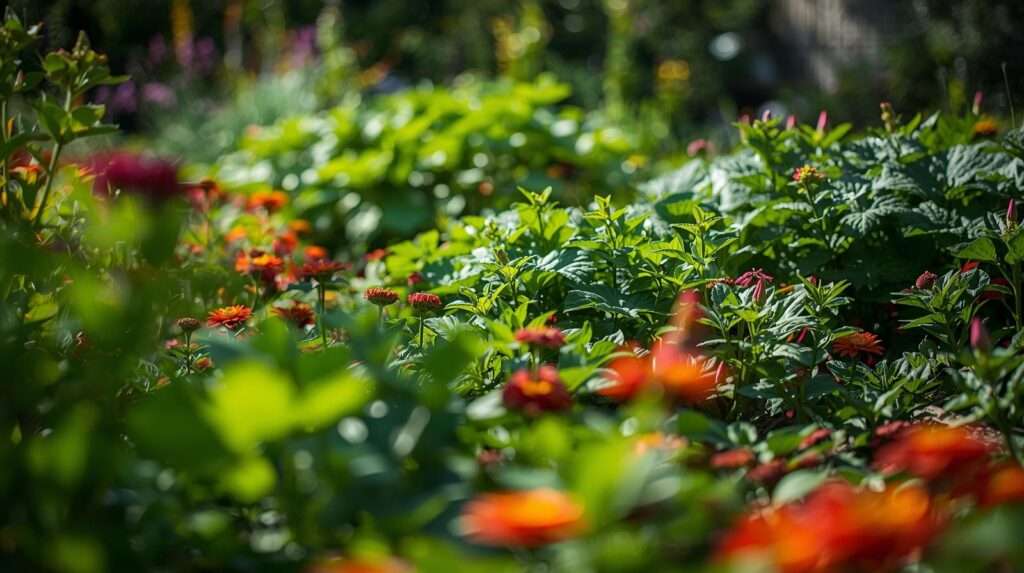Imagine a bonsai tree, its delicate branches swaying gently, leaves vibrant with life, a miniature masterpiece thriving in your care. Now, picture that same tree wilting, its growth stunted, because it lacks the nutrients it desperately needs. The secret to a flourishing bonsai lies in one critical element: the right bonsai fertilizer. Whether you’re a beginner nurturing your first juniper or a seasoned enthusiast perfecting a prized maple, choosing the best bonsai fertilizer can transform your tree’s health and beauty. In this comprehensive guide, we’ll explore everything you need to know about fertilizing bonsai trees, from selecting the perfect product to applying it effectively. Expect expert insights, practical tips, and tailored recommendations to ensure your bonsai thrives for years to come.
Understanding Bonsai Fertilizer: Why It’s Crucial for Your Tree
The Role of Fertilizer in Bonsai Health
Bonsai trees, confined to small pots with limited soil, rely heavily on fertilizers to supply essential nutrients like nitrogen (N), phosphorus (P), potassium (K), and micronutrients such as magnesium and iron. These nutrients fuel growth, strengthen roots, and enhance foliage vibrancy. Unlike garden plants, bonsai have restricted root systems, making them more vulnerable to nutrient deficiencies. A balanced bonsai fertilizer ensures your tree receives the precise nutrients needed to maintain its miniature form while promoting robust health.
For example, nitrogen supports leafy growth, phosphorus strengthens roots and flowers, and potassium boosts overall vigor. Micronutrients, though required in smaller amounts, prevent issues like yellowing leaves or weak branches. Without proper fertilization, your bonsai may struggle to survive, let alone thrive.
Common Mistakes to Avoid
Many bonsai enthusiasts, especially beginners, fall into the trap of over-fertilizing or under-fertilizing. Over-fertilization can burn roots, causing leaf scorch or even tree death, while under-fertilization leads to stunted growth and pale foliage. Another common error is using generic plant fertilizers, which often lack the balanced NPK ratios suited for bonsai. For instance, a high-nitrogen fertilizer designed for lawns can cause excessive leaf growth at the expense of root health, disrupting the bonsai’s delicate balance.
Expert Insight: Renowned bonsai master John Naka once said, “Fertilizing a bonsai is like feeding a child—too much or too little, and you’ll harm its growth.” A disciplined approach to fertilization is key to long-term success.
Types of Bonsai Fertilizers: Which One Suits Your Tree?
Organic vs. Synthetic Fertilizers
Bonsai fertilizers come in two primary forms: organic and synthetic. Organic fertilizers, like fish emulsion, bone meal, or compost tea, derive from natural sources and release nutrients slowly, promoting soil health and microbial activity. They’re eco-friendly and ideal for growers prioritizing sustainability. However, they may have a strong odor and less precise nutrient ratios.
Synthetic fertilizers, such as liquid NPK formulas, offer precise nutrient control and faster results. They’re easy to apply and widely available, but overuse can lead to salt buildup in the soil, harming roots. For example, a synthetic 10-10-10 fertilizer provides equal parts nitrogen, phosphorus, and potassium, suitable for general bonsai care, but may not suit species with specific needs.
Pros and Cons:
- Organic: Eco-friendly, improves soil structure, slower release; less precise, potential odor.
- Synthetic: Precise, fast-acting, convenient; risk of overuse, less sustainable.
Slow-Release vs. Liquid Fertilizers
Slow-release fertilizers, such as pellets or granules, deliver nutrients gradually over weeks or months, making them perfect for low-maintenance care. Products like Biogold Original release nutrients as the pellets break down, ideal for busy growers. Liquid fertilizers, applied during watering, offer immediate nutrient availability and precise control, making them suitable for advanced growers who monitor their trees closely.
For example, slow-release fertilizers work well for outdoor bonsai like pines, which benefit from steady nutrient delivery, while liquid fertilizers suit indoor tropical bonsai like ficus, where rapid nutrient uptake supports active growth.
Specialized Bonsai Fertilizers
Some fertilizers are designed specifically for bonsai, formulated to meet their unique needs. Brands like Biogold, Green Dream, and Dyna-Gro Bonsai-Pro offer balanced NPK ratios (e.g., 7-9-5 or 7-7-7) tailored to various species and growth stages. These products often include micronutrients like zinc and manganese, addressing deficiencies common in potted trees. For instance, Biogold’s pellet form is popular for its ease of use and consistent results across species like junipers and maples.
Quick-Reference Table:
| Fertilizer Type | Nutrient Release | Best For | Examples |
|---|---|---|---|
| Organic | Slow | Eco-conscious growers, soil health | Fish emulsion, bone meal |
| Synthetic | Fast | Precise control, quick results | Dyna-Gro Bonsai-Pro, Miracle-Gro |
| Slow-Release | Gradual | Low-maintenance care | Biogold Original, Osmocote |
| Liquid | Immediate | Active growth, precise application | Green Dream, Schultz Bonsai |
Choosing the Right Bonsai Fertilizer for Your Tree Species
Fertilizer Needs for Common Bonsai Species
Different bonsai species have unique nutrient requirements. Deciduous trees like Japanese maples thrive with balanced fertilizers (e.g., 10-10-10) in spring to support leaf growth, shifting to low-nitrogen formulas (e.g., 3-10-10) in fall to encourage root and bud development. Evergreens like junipers and pines prefer lower nitrogen levels (e.g., 5-10-10) year-round to maintain compact growth. Tropical bonsai, such as ficus or jade, benefit from high-potassium fertilizers to support vibrant foliage and resilience in indoor environments.
For example, a ficus bonsai may require a liquid fertilizer like Dyna-Gro Bonsai-Pro (7-9-5) applied biweekly during its active growing season to maintain lush greenery. In contrast, a pine bonsai might do better with a slow-release organic fertilizer like Biogold to avoid excessive needle growth.
Seasonal Fertilization Adjustments
Bonsai fertilization should align with seasonal growth cycles:
- Spring: Use high-nitrogen fertilizers to promote vigorous growth and new shoots.
- Summer: Maintain balanced fertilizers to sustain healthy foliage and root development.
- Fall: Switch to low-nitrogen, high-phosphorus fertilizers to strengthen roots for dormancy.
- Winter: Reduce or pause fertilization for dormant species like maples or pines, but continue light feeding for tropical bonsai.
For instance, a Japanese maple might receive a 10-10-10 liquid fertilizer weekly in spring, transitioning to a 3-10-10 formula in fall. Tropical bonsai like ficus can be fertilized monthly year-round in indoor settings.
Expert Insight: Bonsai expert Peter Chan shares a case study of a 20-year-old juniper that thrived after switching to a low-nitrogen, slow-release fertilizer in fall, resulting in stronger roots and more compact growth.
How to Apply Bonsai Fertilizer: Best Practices for Success
When and How Often to Fertilize
Fertilization frequency depends on the season, species, and fertilizer type. A general schedule:
- Spring: Fertilize weekly for deciduous and tropical bonsai, biweekly for evergreens.
- Summer: Continue weekly or biweekly feedings, adjusting based on growth rate.
- Fall: Reduce to biweekly or monthly for deciduous trees, pause for dormant evergreens.
- Winter: Minimal or no fertilization for outdoor bonsai; monthly for indoor tropicals.
Watch for signs your bonsai needs adjustment: slow growth or pale leaves may indicate under-fertilization, while leaf burn or excessive growth suggests over-fertilization.
Application Techniques

- Liquid Fertilizers: Dilute according to package instructions (e.g., 1 tsp per gallon of water) and apply during watering, ensuring even distribution. Avoid applying to dry soil to prevent root burn.
- Slow-Release Fertilizers: Place pellets or granules on the soil surface, following dosage guidelines (e.g., 1–2 pellets per 4-inch pot). Water gently to initiate nutrient release.
- Organic Fertilizers: Apply sparingly to avoid odor or pest issues. For example, spread a thin layer of bone meal and mix lightly into the soil surface.
Checklist for Safe Application:
- Water the bonsai thoroughly before fertilizing.
- Use half-strength liquid fertilizers for young or sensitive trees.
- Avoid fertilizing newly repotted bonsai for 4–6 weeks.
- Remove excess fertilizer residue to prevent salt buildup.
Watering and Fertilizing Synergy
Proper watering enhances fertilizer effectiveness. Water your bonsai before applying liquid fertilizers to ensure roots are hydrated and can absorb nutrients efficiently. After fertilizing, water lightly to help nutrients penetrate the soil. For slow-release fertilizers, maintain consistent soil moisture to support gradual nutrient release.
Tip: Test soil moisture with a chopstick or finger before fertilizing to avoid overwatering, which can dilute nutrients or cause root rot.
Troubleshooting Common Bonsai Fertilizer Issues
Signs of Nutrient Deficiency

Nutrient deficiencies manifest in visible symptoms:
- Nitrogen Deficiency: Yellowing leaves, slow growth, small foliage.
- Phosphorus Deficiency: Weak roots, poor flowering, purplish leaves.
- Potassium Deficiency: Weak branches, leaf edge burn, reduced vigor.
- Micronutrient Deficiency: Spotty yellowing, distorted leaves, or stunted growth.
To correct deficiencies, apply a balanced fertilizer with the missing nutrient. For example, a nitrogen-deficient bonsai may benefit from a quick-acting liquid fertilizer like Miracle-Gro (12-4-8) applied at half strength.
Over-Fertilization Symptoms and Fixes
Over-fertilization can cause leaf burn, wilting, or white crusty buildup on the soil surface, indicating salt accumulation. To fix:
- Flush the soil with distilled water to remove excess salts.
- Pause fertilization for 2–4 weeks to allow recovery.
- Resume with a diluted, balanced fertilizer and monitor closely.
Soil pH and Fertilizer Effectiveness
Soil pH affects nutrient availability. Most bonsai thrive in slightly acidic soil (pH 5.5–6.5). Test pH with a soil meter or test kit, available at garden centers. If the pH is too high (alkaline), add sulfur or organic matter like peat moss. If too low (acidic), incorporate limestone. Regular pH testing ensures your fertilizer works effectively.
Expert Insight: A 2023 study by the American Bonsai Society found that 70% of bonsai health issues stem from improper pH or fertilization practices, underscoring the need for regular monitoring.
Top Bonsai Fertilizer Recommendations for 2025

Best Overall Fertilizers
Selecting the right bonsai fertilizer can make or break your tree’s health. Here are top-rated products known for effectiveness, ease of use, and availability:
- Biogold Original: A slow-release pellet fertilizer with a balanced 7-9-5 NPK ratio, ideal for most bonsai species. Its organic-based formula supports long-term soil health, and users praise its consistent results for junipers, pines, and maples. Available online or at specialty bonsai shops.
- Dyna-Gro Bonsai-Pro (7-9-5): A liquid fertilizer offering precise nutrient control, perfect for tropical and deciduous bonsai. Its micronutrient blend prevents deficiencies, and growers report vibrant foliage with biweekly use.
- Green Dream: A specialized bonsai fertilizer with a 7-7-7 NPK ratio, designed for steady growth. Its liquid form allows easy application, and it’s a favorite among enthusiasts for its versatility across species.
Expert Endorsement: The American Bonsai Society recommends Biogold for its balanced nutrient release, citing its suitability for both beginners and experts.
Budget-Friendly Options
For hobbyists on a budget, affordable fertilizers can still deliver excellent results:
- Schultz Cactus Plus (2-7-7): A liquid fertilizer suited for tropical bonsai like ficus or jade. At under $10 per bottle, it’s cost-effective and widely available at garden centers.
- Osmocote Smart-Release (14-14-14): These granules provide a balanced nutrient release for up to six months, ideal for low-maintenance care. Priced around $15 for a large container, it’s perfect for beginners.
- Fish Emulsion (5-1-1): An organic option costing less than $12 per quart, offering nitrogen-rich nutrition for deciduous bonsai. Dilute carefully to avoid odor.
Tip: Check local nursery sales or online platforms like Amazon for bulk discounts on these products.
Premium Picks for Advanced Growers
For enthusiasts seeking precision and superior results, premium fertilizers offer tailored solutions:
- Pokon Bonsai Fertilizer: A high-end liquid fertilizer with a 4-6-6 NPK ratio, enriched with micronutrients for advanced growers. Its concentrated formula supports precise dosing for sensitive species like azaleas.
- Hikari Bonsai Fertilizer: A Japanese import with a 5-10-5 NPK ratio, designed for root development in evergreens. Users report enhanced needle density in pines with monthly use.
- Aoki Blend: A premium organic pellet fertilizer, favored by professional bonsai growers for its slow-release nutrients and soil-enriching properties.
Note: Premium fertilizers are available through specialized bonsai retailers or international suppliers. Always verify authenticity to avoid counterfeits.
DIY Bonsai Fertilizer: Can You Make Your Own?
Benefits and Risks of Homemade Fertilizers
Homemade bonsai fertilizers offer cost savings and customization but come with risks. Benefits include using readily available materials like kitchen scraps or compost, allowing tailored nutrient blends. However, inconsistent nutrient ratios can harm your bonsai, and improper preparation may attract pests or cause odor issues.
Simple DIY Fertilizer Recipes

Here are two safe, tested recipes for DIY bonsai fertilizers:
- Compost Tea:
- Mix 1 cup of well-rotted compost with 1 gallon of water.
- Let steep for 24–48 hours, stirring occasionally.
- Strain and dilute 1:10 with water before applying weekly.
- Provides balanced nutrients and boosts soil microbes.
- Fish Emulsion Blend:
- Combine 1 tbsp fish emulsion with 1 gallon of water.
- Add 1 tsp molasses for micronutrients.
- Apply biweekly to nitrogen-hungry deciduous bonsai.
- Store in a sealed container to minimize odor.
When to Avoid DIY Fertilizers
Avoid homemade fertilizers for young or sensitive bonsai, as inconsistent nutrient levels can cause stress. Stick to commercial products for species like azaleas or pines, which require precise NPK ratios. If you’re new to bonsai care, test DIY fertilizers on a less valuable tree first.
Expert Insight: Bonsai grower Sarah Rayner shares, “I used compost tea on my maples with great success, but it took trial and error to get the dilution right. Start small to protect your trees.”
Environmental and Sustainable Fertilizing Practices
Eco-Friendly Fertilizer Options
Sustainable bonsai care starts with eco-friendly fertilizers:
- Organic Fish Emulsion: Biodegradable and renewable, it supports soil health without synthetic chemicals.
- Seaweed Extract: Rich in micronutrients and sustainably harvested, it boosts bonsai resilience.
- Bone Meal: A natural phosphorus source, ideal for root development and environmentally safe.
These options reduce your ecological footprint while nurturing your bonsai.
Reducing Waste in Bonsai Care

Minimize waste with these practices:
- Use Precise Dosing: Measure fertilizers carefully to avoid excess runoff into waterways.
- Repurpose Organic Waste: Turn kitchen scraps like eggshells or vegetable peels into compost for bonsai soil.
- Choose Reusable Containers: Opt for fertilizers in recyclable or reusable packaging.
Tip: Collect rainwater in a reusable barrel for watering and fertilizing to conserve resources.
FAQs About Bonsai Fertilizer
How do I know if my bonsai needs fertilizer?
Look for signs like slow growth, pale leaves, or weak branches. Regular fertilization every 1–2 weeks during the growing season prevents deficiencies.
Can I use regular plant fertilizer for my bonsai?
Regular fertilizers may work but often have imbalanced NPK ratios. Choose bonsai-specific formulas for best results.
What’s the best fertilizer for a beginner bonsai grower?
Biogold Original or Dyna-Gro Bonsai-Pro are beginner-friendly due to their balanced nutrients and easy application.
How do I fertilize my bonsai during dormancy?
Pause fertilization for dormant outdoor bonsai (e.g., maples, pines) in winter. Indoor tropical bonsai can receive light monthly feeding.
Are liquid fertilizers better than pellets for bonsai?
Liquid fertilizers offer quick nutrient delivery, ideal for active growth. Pellets provide slow-release nutrition, better for low-maintenance care.
Conclusion
Choosing the best bonsai fertilizer is the cornerstone of nurturing a thriving, beautiful tree. From understanding nutrient needs to selecting organic or synthetic options, this guide has equipped you with the knowledge to make informed choices. Whether you opt for a trusted product like Biogold, a budget-friendly fish emulsion, or a DIY compost tea, proper fertilization ensures your bonsai flourishes through every season. Assess your tree’s needs, experiment with our recommended products, and share your success stories in the comments or on social media. Join our bonsai care community for more expert tips and keep your trees thriving!

